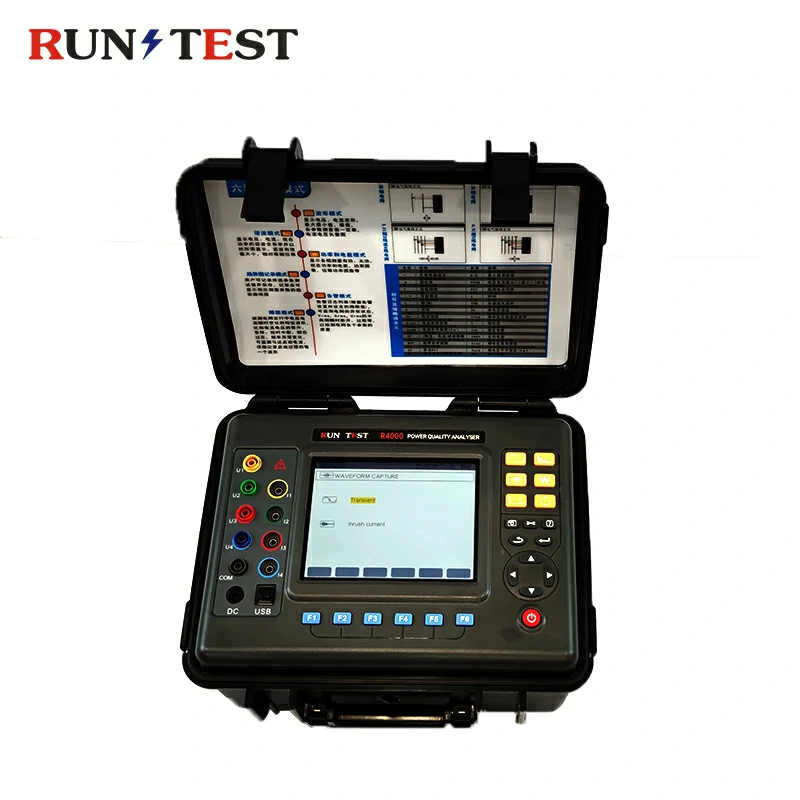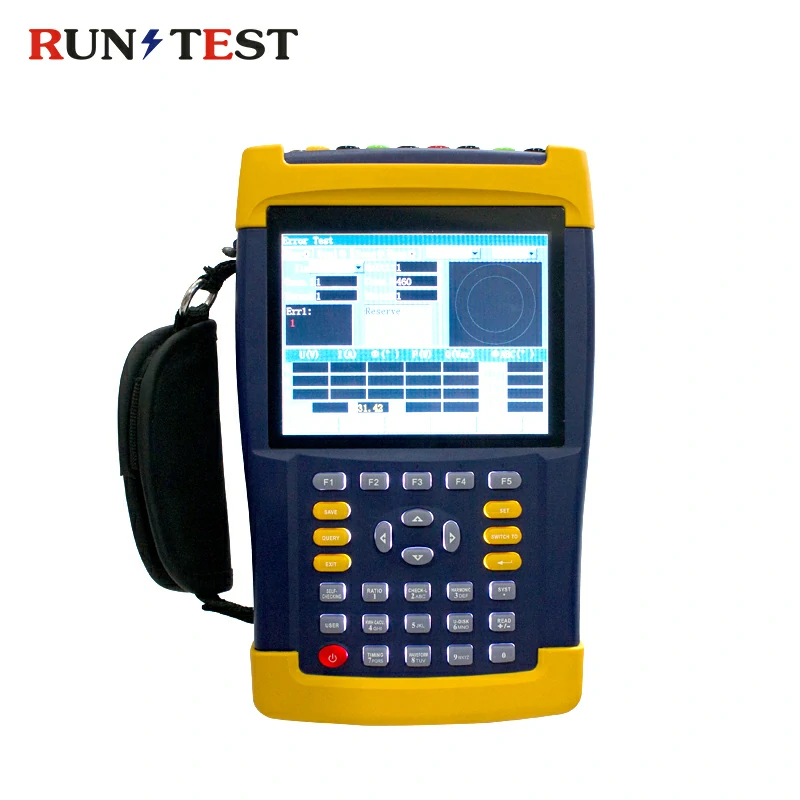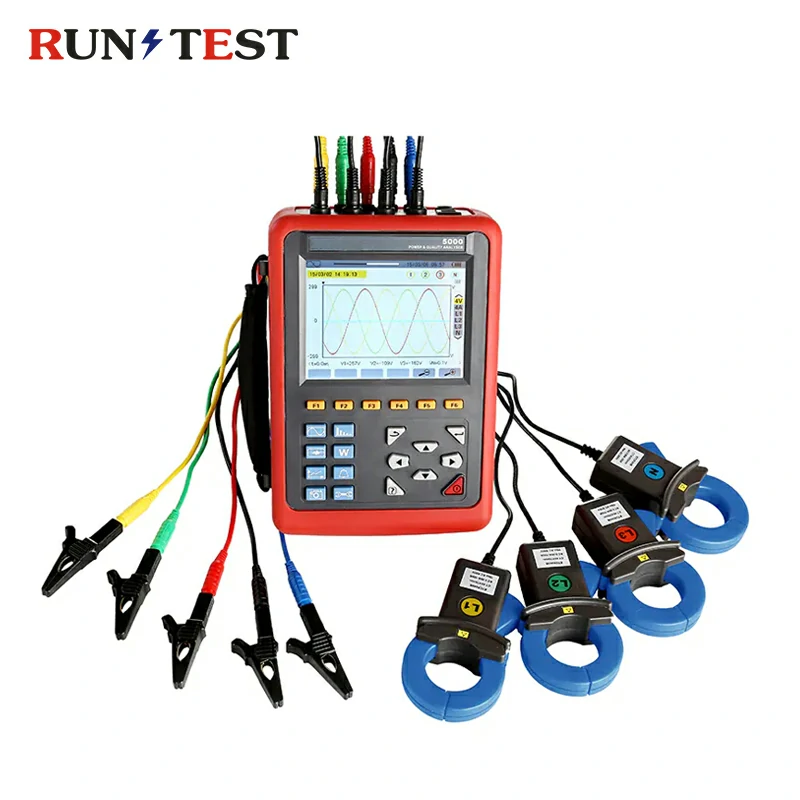A Netzqualitätsanalysator (PQA) ist ein hochentwickeltes Instrument zur Messung und Analyse der Qualität der elektrischen Energie in einem elektrischen System. Es hilft bei der Erkennung und Diagnose von Problemen mit der Netzqualität, wie z. B. Spannungsabfällen, Überspannungen, Oberschwingungen, Transienten und anderen Störungen, die die Leistung und Zuverlässigkeit elektrischer Geräte beeinträchtigen können. Diese Analysatoren sind sowohl in industriellen als auch in kommerziellen Umgebungen von entscheidender Bedeutung, um sicherzustellen, dass das elektrische System innerhalb akzeptabler Parameter arbeitet und um Schäden an empfindlichen Geräten oder Betriebsstörungen zu vermeiden.
Power quality analyzers (PQAs) measure voltage and current waveforms to check if they stay within safe limits. Problems like over-voltage, under-voltage, or over-current can make equipment malfunction or break.
PQAs monitor the electrical supply frequency to keep it in the standard range (usually 50 or 60 Hz, depending on the region). Frequency changes can show issues like load imbalances or generator problems.
PQAs measure three types of power:
- Real power (active power, in watts)
- Reactive power (in VARs)
- Apparent power (in VA)
These help figure out how efficiently energy is used.
PQAs detect harmonics, which are voltage or current distortions from devices like computers, LED lights, or variable frequency drives. Harmonics can overheat electrical parts, cause equipment failure, and lower system efficiency.
- They analyze harmonic levels across different orders (e.g., 2nd, 3rd, 5th harmonic).
- The analyzer shows total harmonic distortion (THD), a key sign of power quality issues.
- Voltage sags (dips): Short-term voltage drops, often from large equipment starting or supply line faults.
- Voltage swells: Temporary voltage increases, often from sudden load reductions or motor shutdowns.
PQAs record these events, measuring how long they last and how strong they are, to see how they affect sensitive equipment.
Transients are quick, high-voltage spikes from lightning, switching large loads, or network faults. These can damage components.
PQAs capture these short disturbances to help find why equipment malfunctions or fails.
Power factor measures energy efficiency (the ratio of real power to apparent power).
- A low power factor (below 1) means wasted energy, higher costs, and overloaded systems.
- PQAs measure power factor and help find ways to improve it.
Power quality analyzers are essential for keeping electrical systems reliable. By measuring voltage, current, harmonics, power factor, and disturbances, they help ensure stability, efficiency, and longer equipment life. Industries, power plants, commercial buildings, and utilities use them to spot issues, prevent damage, cut downtime, and boost energy efficiency.



